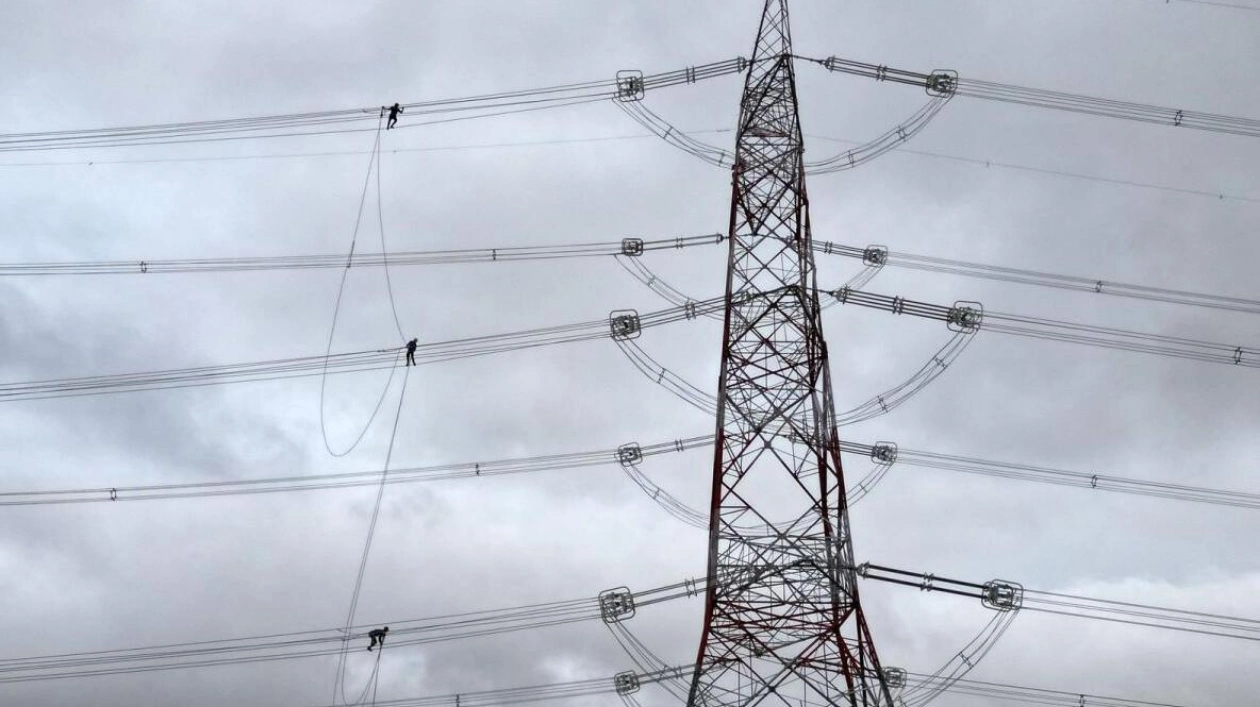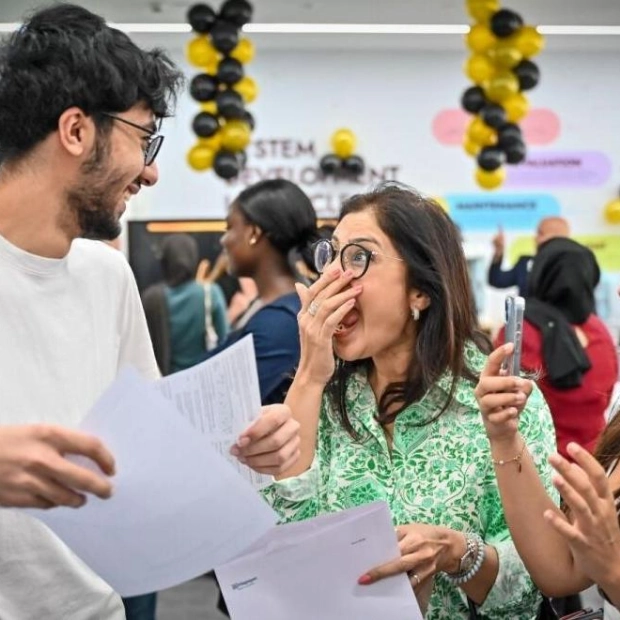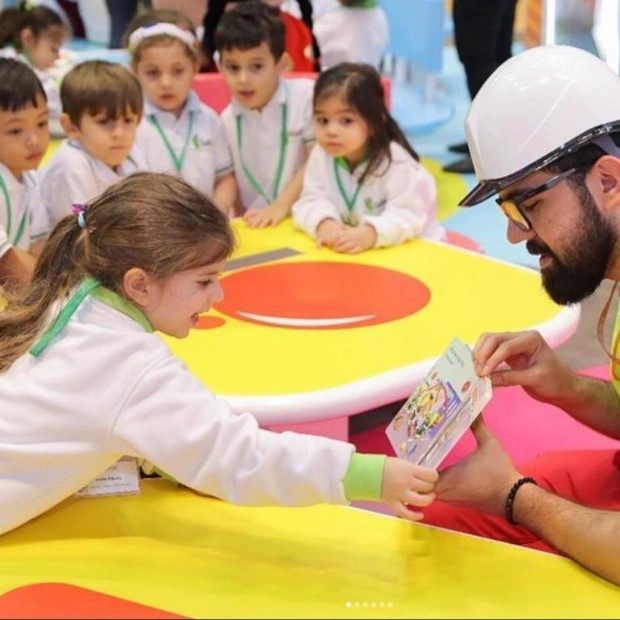Question: Despite India's robust economic growth, numerous states continue to face power shortages. What measures are being implemented to address this issue? Answer: In 2023, India's electricity consumption surged by 7%, surpassing the global average of 2.2%. The Indian Energy & Climate Centre warns that even after planned thermal and hydroelectric capacities are installed, power shortages may persist. Consequently, the IECC advocates for policy interventions, recommending the deployment of storage solutions and a boost in renewable energy production, such as solar and wind power. The government has introduced policies to promote pumped storage projects integrated with renewable energy sources. Additionally, nuclear energy is poised to play a crucial role in energy security through the establishment of Bharat Small Reactors, with significant funding allocated for nuclear technology research and development. The finance minister's recent budget speech highlighted the development of indigenous technology for Advanced Ultra Super Critical Thermal Power Plants.
Question: This month's monsoon lull is expected to directly impact agricultural output. Could this lead to a decline in rural demand for goods and services, thereby affecting the Indian economy? Answer: According to the National Oceanic & Atmospheric Administration (NOAA), India's deficit rainfall areas are likely to experience increased rainfall due to La Nina in late August or early September, potentially eliminating the deficit. This enhanced monsoon activity is a boon for Indian farmers, potentially increasing their purchasing power and demand for consumer goods. Currently, despite rainfall deficits, kharif crop sowing has not been impacted due to sufficient water storage in 150 reservoirs across various states. Consequently, the area sown for paddy, pulses, and oilseeds has expanded this season, aided by groundwater and irrigation facilities. The anticipated increase in pulses and oilseeds production is set to bolster the rural economy through higher procurement prices for these crops.
Question: Upon returning to India next year, I plan to transfer my Gulf savings to an Indian bank account. If I wish to use these rupee funds for international travel, medical expenses, or my children's overseas education, will I be able to do so? Answer: Upon your return to India, you have three financial options: (1) maintaining your funds in a foreign bank account, (2) transferring money to a Resident Foreign Currency account in India, or (3) transferring funds to a resident rupee account in India. You are free to utilize any combination of these options as you see fit. The first two options offer tax exemptions on interest earned for the first two financial years if you are considered a resident but not ordinarily resident in India. The third option subjects interest earned on investments to full taxation from the first financial year of your return. However, as a resident Indian, you are eligible for the Liberalized Remittance Scheme, allowing you to spend up to $250,000 annually on foreign exchange for various purposes, including travel, medical expenses, education, and property investments. You can open a foreign currency account through any Indian bank or an International Financial Services Centre (IFSC) like GIFT City, enabling investments in foreign securities and depository receipts.






